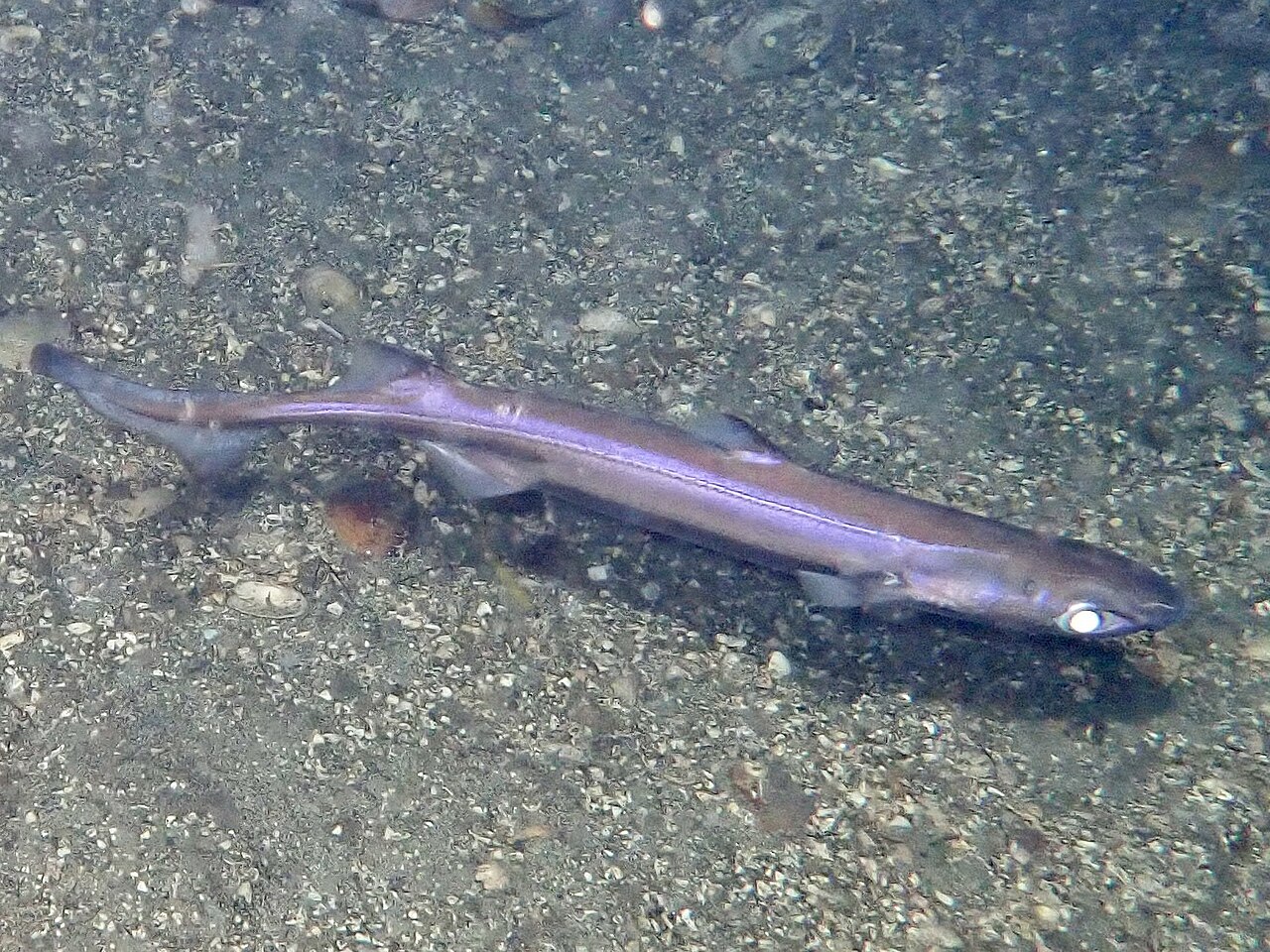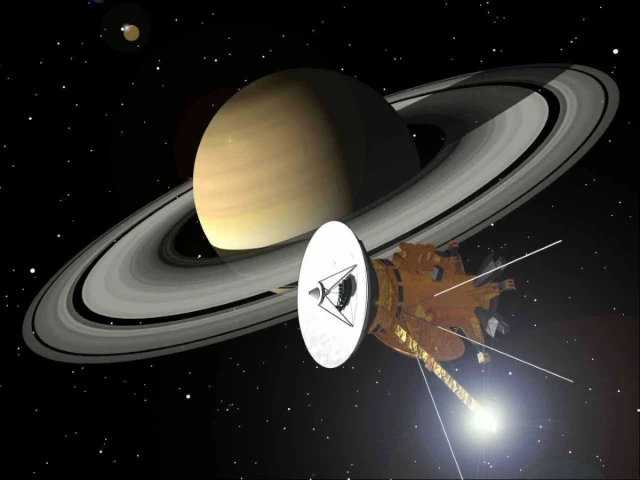New research shows that the Red…
This month’s full moon falls on different days, depending on where you are in the world. In E.T., the full moon will reach its peak late in the day, 11:47 p.m. on Oct. 6. However, in BST, the peak…

New research shows that the Red…

Meanwhile, it was Dr Andrew Hosie, curator of Aquatic Zoology from the Western Australian Museum, who was involved in describing the new crab species.
“The new species of porcelain crab lives a symbiotic life with…

This month’s full moon falls on different days, depending on where you are in the world. In E.T., the full moon will reach its peak late in the day, 11:47 p.m. on Oct. 6. However, in BST, the peak…
This request seems a bit unusual, so we need to confirm that you’re human. Please press and hold the button until it turns completely green. Thank you for your cooperation!

A Pakistan-born German scientist has…